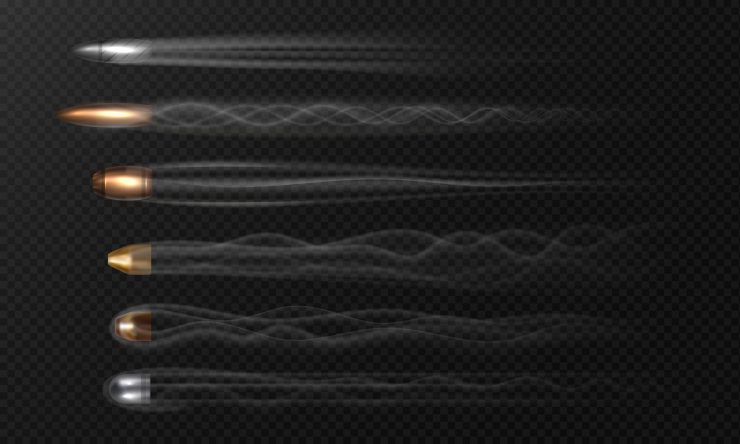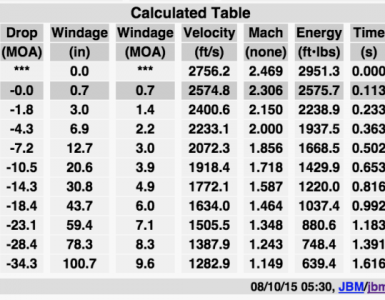Subsonic vs. Supersonic – what’s the difference? Which is better? Which should I use? Common questions with fairly simple answers that we will cover in this article.
In very simple terms, subsonic means the bullet is moving slower than the speed of sound. Supersonic means the projectile breaks the sound barrier, which produces a mini sonic boom, or a sonic crack. The speed of sound is a variable thing that is affected by temperature, humidity, and barometric pressure. However, the generally accepted answer for the speed of sound at sea level, is about 1100 feet per second. Anything above that risks entering the trans sonic barrier.
Subsonic ammunition is loaded specifically for the projectile to maintain a speed that does not break the sound barrier and create a sonic crack. 9mm, for example, is generally considered supersonic as most 9mm ammo has a muzzle velocity over 1100 FPS. However, by using a heavier bullet – such as a 147gr or 165gr – and changing the load, the 9mm round can successfully be made subsonic. Factory loaded subsonic ammo, like Freedom Munition’s HUSH line, has been formulated with the appropriate bullet weight and load to achieve consistent, subsonic results.
Obviously, subsonic ammunition is ideal for use in a firearm equipped with a suppressor. The loud sound when firing a gun comes from 2 sources: First is from the pressurized gases created in the chamber and escaping through the barrel. The sudden change in temperature and pressure is what creates the ‘gun blast’ we are all familiar with. This is addressed by using a suppressor or silencer which, simply put, gives the gasses a larger chamber in which to cool and dissipate before exiting into the atmosphere. The second source of the loud sound is when the bullet breaks the sound barrier, and as discussed earlier, is is eliminated by using a subsonic round. That being said, if you’re shooting a suppressed firearm, you won’t get optimal performance unless you use subsonic ammunition. A suppressor with supersonic ammunition will suppress the gun blast, but not the super sonic crack of the bullet. Conversely, using subsonic ammo in an unsuppressed gun will still result in the loud sounds of the pressurized gas, but not the supersonic crack of the bullet.
By design, some calibers are better suited to be suppressed than others. The .45 ACP is ideal for suppression because the projectile is already slow moving and generally maintains subsonic speeds. The 9mm is also a good candidate because it generally hovers just above the supersonic barrier in terms of velocity. With the right bullet and specialized loading, it can successfully be made subsonic. 300 Blackout is a preferred caliber for suppression in rifles, for the same reasons discussed above.





Add comment